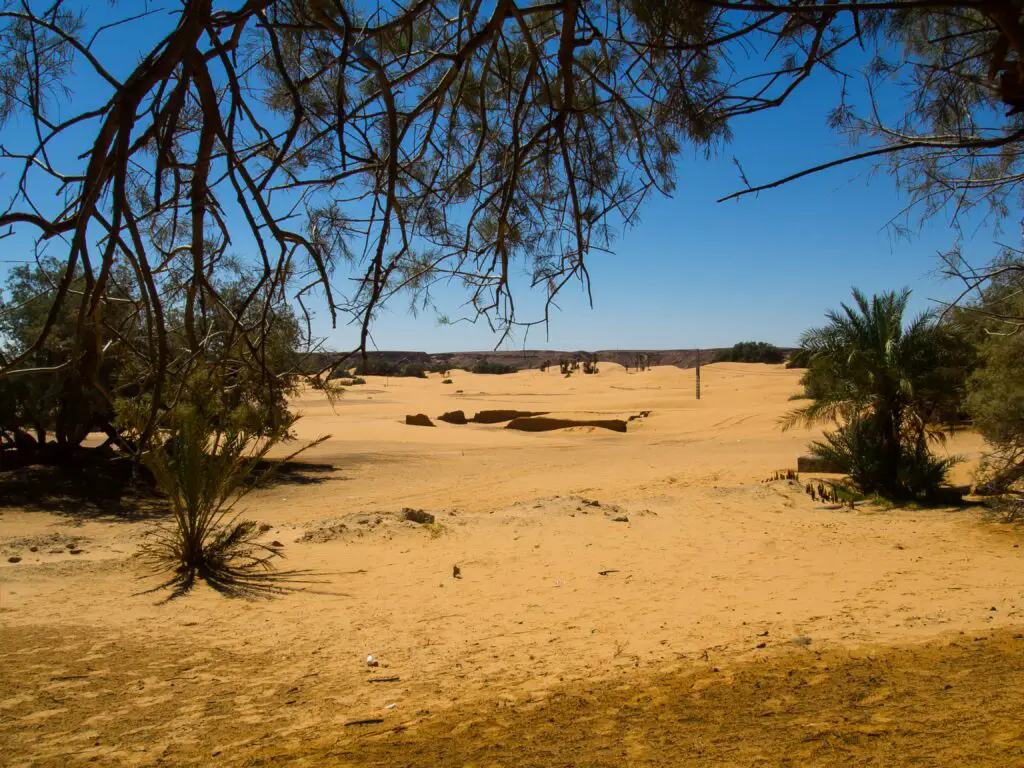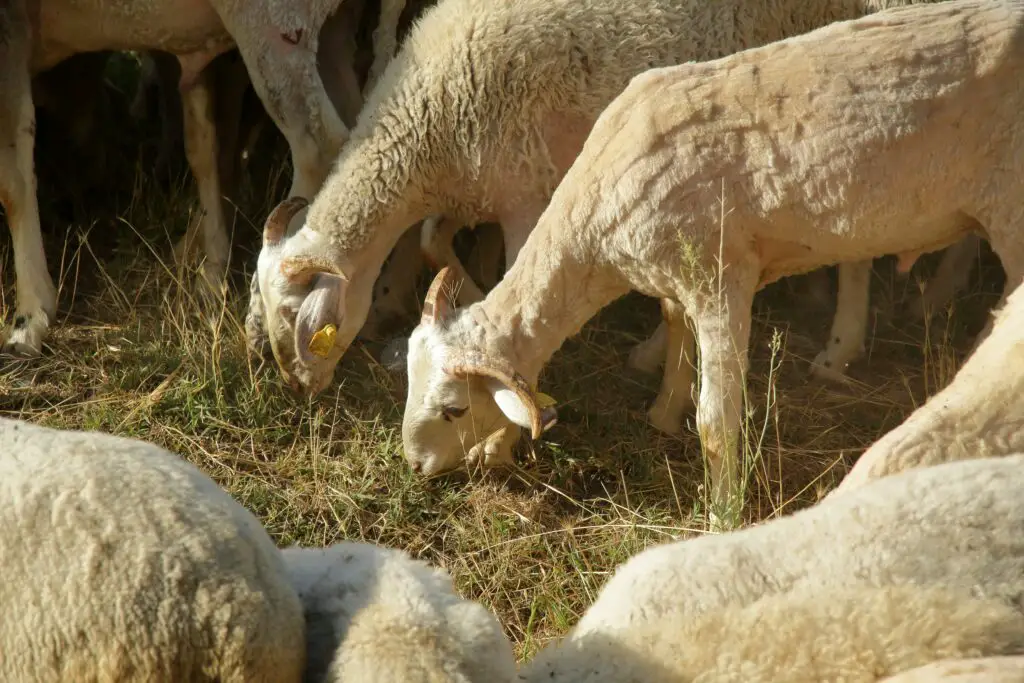Desertification is the slow, painful process by which already-dry land stops being able to grow food, feed animals, or even store clean water. People usually spot it through dust clouds, cracked earth, or empty fields, yet the reasons that push a region toward this point are tangled and feed off each other. Some drivers come from how communities organize themselves- things like poverty, migration, or weak markets- while others stem from farming choices, overgrazing, or the warming climate. By digging into each cause, we get a clearer path toward fixes that truly let dry landscapes recover and keep supporting the people who depend on them.
Together, arid areas, semi-arid lands, and dry, humid zones make up more than 40 percent of Earths surface and stretch across the homes of over two billion people. Because the soil and water there are already stretched thin, desertification quickly turns local setbacks into widespread crises, locking families into poverty and losing nature s delicate balance. To break that trap, we first need to sort out how much blame falls on humans – through grazing, poor farming, or shuffle housing – and how much comes straight from natural climate swings, before we can build smart rules that protect both peoples needs today and the land wealth we hand to future generations.

Indirect Factors
Population Pressure
- Population growth and movement pull hard on dry places. Larger communities demand more food, more water, and more materials to build shelters, pushing fragile ground harder than it was ever meant to bear.Rapid population growth pushes families to turn fragile rangelands into cropland, raising the danger of soil loss and erosion.
- Fewer Livelihood Alternatives – In many dry regions, decent job options outside farming or herding are scarce. With few alternatives, people squeeze the land harder, even when it clearly can-t take the strain, speeding up degradation. If growth continues while roads, power, and technology stay slow to arrive, communities get trapped in these unsustainable habits, spreading desertification.
Socioeconomic and Policy Conditions
The wider economy and the rules that govern it decide whether people harm land or help it.
- Land Tenure and Security – When who owns or controls a piece of land is murky, farmers and herders mine the soil instead of caring for it. Unclear rights can spark fights over grass and water, tearing apart the old systems that once steered resource protection.
- Governance and Policy Decisions – Top-down plans that push settled farming into marginal zones can drain soil and loosen topsoil. Weak local governments cut accountability, leaving villages unable to oversee how land and water are spent.
- Limited Access to Infrastructure – Poor roads, few markets, and scarce credit choke off rural growth. Without loans or market links, growers shy away from wise practices and sometimes turn to cheap methods that ruin the earth.
How Global Trends Affect Drylands
Dryland areas are under constant strain from forces that stretch far beyond their borders. Here are some key global trends along with local land-use choices that either help or hurt these fragile environments.
Big-Ticket Economic Shifts – World market pressures hit dry regions in two ways:
- Trade Opening. When exporting crops becomes easier, farmers often push yields to the limit-and sometimes past it, draining soil and water. Yet, a flood of cheap imports can wipe out local prices, driving producers to overwork their own land just to survive.
- Lopsided Tech Spread. Advanced seed drills or drip-systems can save thirsty villages, but only if they fit local soil, politics, and climate. Failing that, shiny gadgets may dig ever-deeper wells, ramp up salt build-up, or simply break after one rainy season.
These links make cooperative global policy a must for any serious fight against desert spread.
Direct Factors
What people choose to do-or not do-on the ground shapes desert risk just as much.
- Pushing into Marginal Land -Small-farmers lure crops to dry, weak hillsides, ripping out grasses that hold soil in place. Repeated plowing destroys crumbs of structure, leeches nutrients, and robs the ground of life-giving humus.
- Herders Versus Settlers – Mobile pastoralists have long balanced grazing and drought, yet fences or red tape now box many of them away. Driving them into fixed, low-cover farms only accelerates erosion and widens the desertose belt.
When pastoralists in fragile, dry regions switch to crop farming, they often scrape away the topsoil, lower fertility, and speed up creeping desert edges.
Land Use Practices
Once a plot is labelled pasture or field, the daily care it gets will either help it thrive or push it toward ruin.
- Overgrazing and Monocropping – Too many cattle or goats crowded onto one hectare chew off shoots faster than grasslands can heal. Planting the same maize or sorghum season after season robs the earth of key nutrients and leads to barren fields.
- Improper Irrigation – Old drains that do not work well let salts creep up, a serious problem when rain is already scarce. When wells cough up water nonstop, the aquifer sinks, and living green things suffer even more during dry spells.
- Uncontrolled Fires -Fire that is set carefully in spring gives grasslands a fresh start, but a runaway blaze burns roots and Nothern below the surface. Harsh flames also kill frogs, beetles, and invisible microbes that hold soil together, leaving nothing to stop wind and rain from stealing fertile dust.

Climate-Related Processes
Weather swings can kick-start desert advance and make existing land-exploiting practices far worse.
- Drought Cycles – Years of short rains wear out roots and lay soils bare, inviting silent erosion from gusts and flash floods. Reduced rainfall often pushes farmers and herders to squeeze their work into the last remaining fertile patches, which makes those areas wear out even faster.
- Changing Rainfall Patterns and Temperatures – Some dry regions now see heavy rain only after months of drought, causing sudden floods that wash away thin topsoil before plants can take root. Higher average temperatures speed up evaporation, robbing moisture from the ground and leaving stressed plants even less chance to grow back.
Conclusion
Desertification is not just about climate; it also springs from rising populations, global market rules, overgrazing, bad irrigation, and quick land clearances. These local and larger forces meet on fragile dry-land ecosystems, locking communities into a hard loop of damage and poverty.
To break that loop and safeguard these key areas, decision-makers should:
Give landowners clear, fair rights so they invest in the land for the long haul.
Build roads, storage, and markets that steer families away from short-term resource grabs.
Shape and track dry-land policies around each regions true water and soil limits, especially for irrigation and grazing.
Line up global trade and tech deals so they boost local jobs and farms instead of pushing them off the map.
When everyone from neighborhood groups to big global agencies moves in step with this goal, we can ease the strain on drylands, keep their vital benefits alive, and fit peoples demands side-by-side with wise care for nature.
